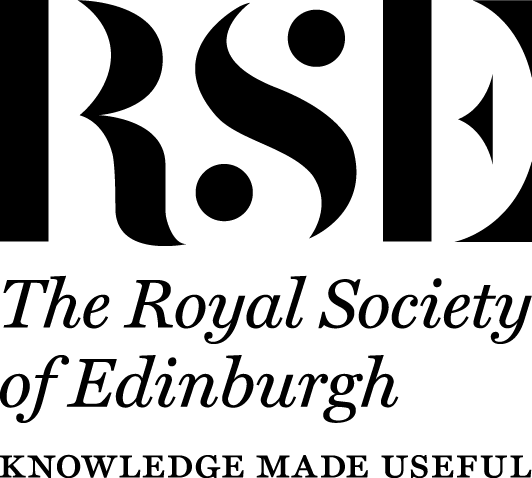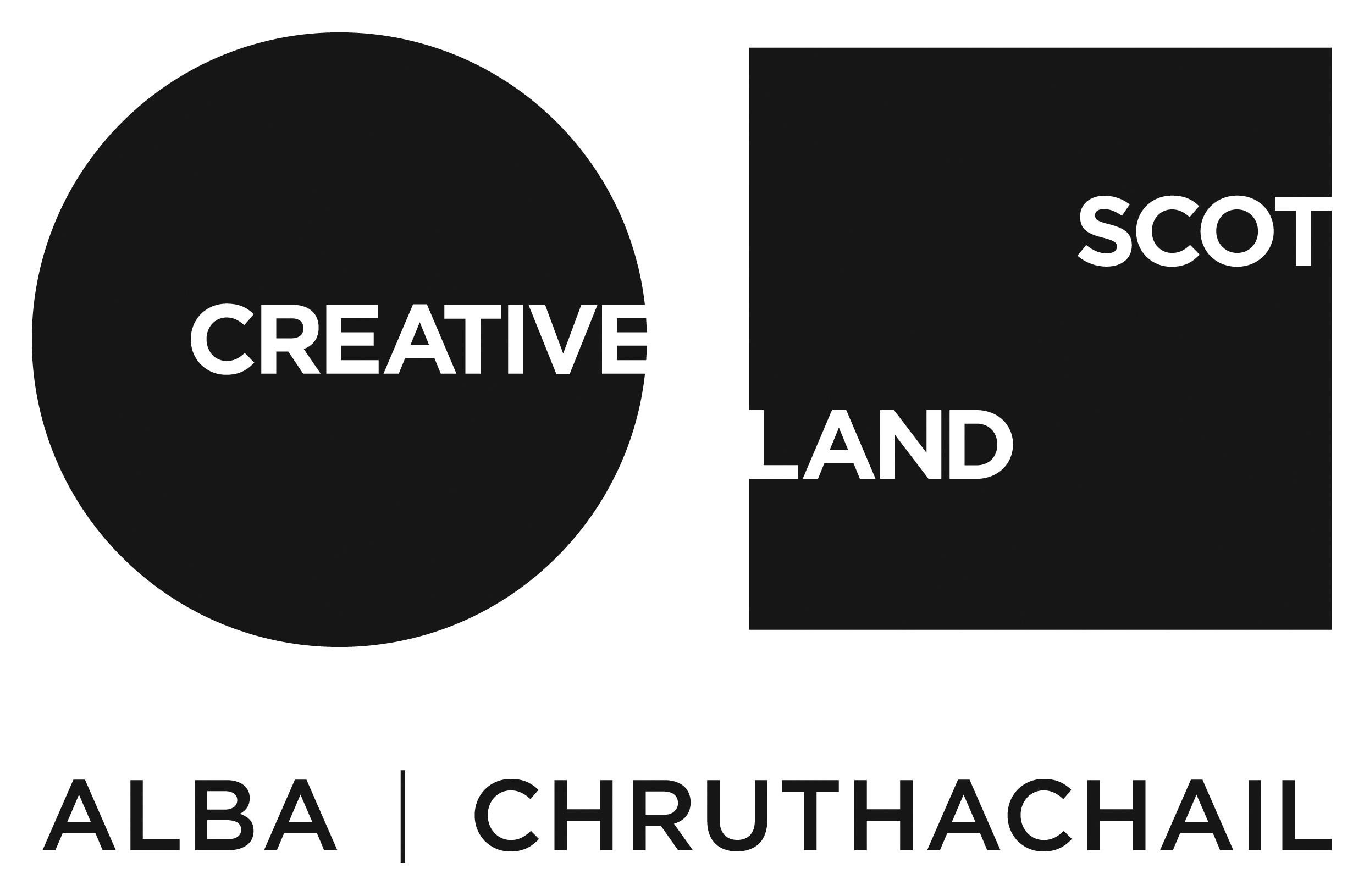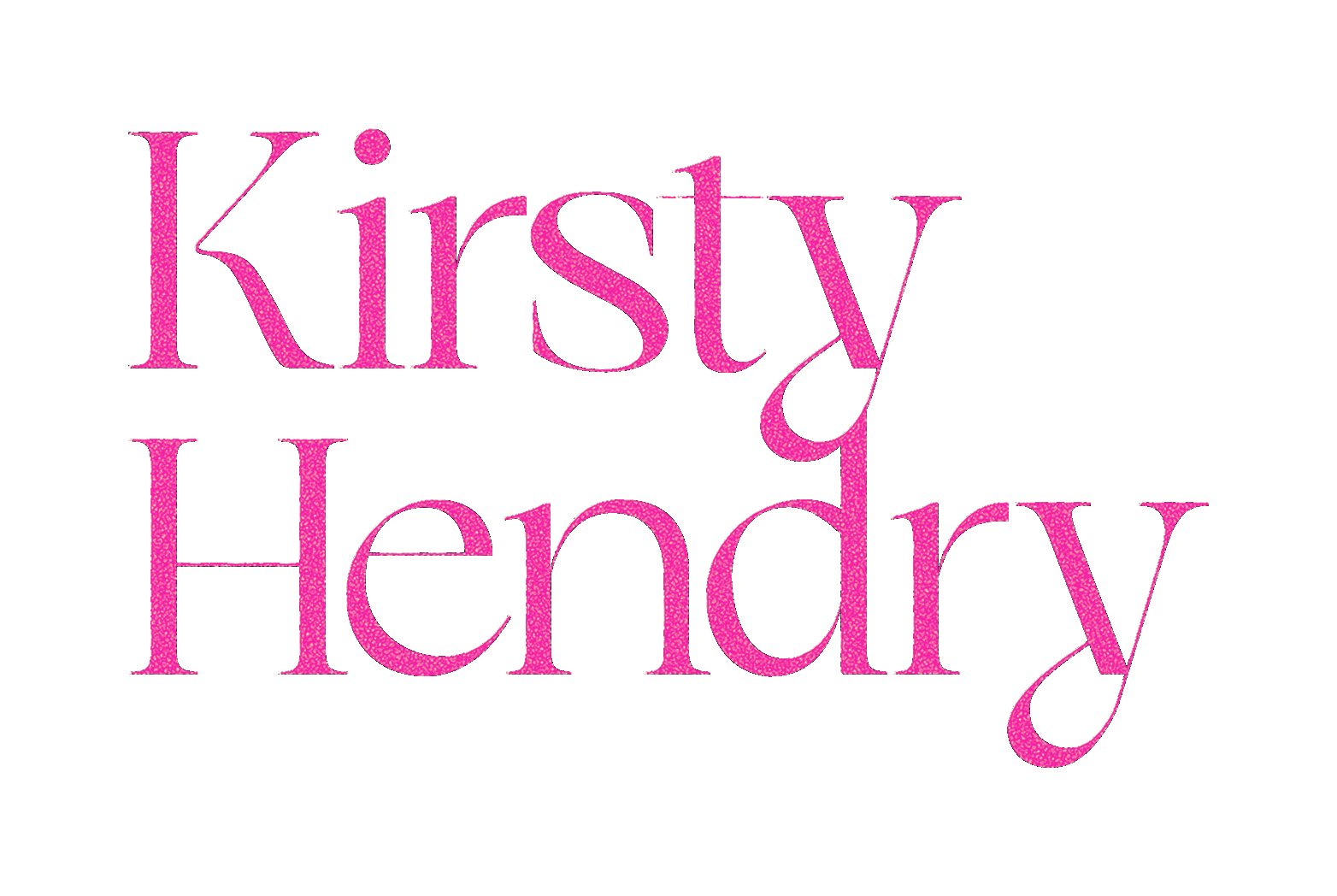Human Nature





By bacterial timescales we have only just acquired the language and technology to identify the microbial critters that our bodies are built around, but the gut has long been held as the site where ‘I’ is at its most vulnerable. Variously thought of as harbouring animal spirits, demons, fugitive lodgers, noxious humours, and now billions of bacteria, the gut is where the membrane between self and other is at its flimsiest.
The relationship between our human and non-human selves is often described as symbiotic. Yet ‘symbiosis’—a biological term used to describe a connection between two organisms—is often used as a synonym for balance, harmony, and equilibrium, glossing over the complexity of both the term itsel and the complexity of our kinship with the non-human world.
As research into the gut microbiome has developed, so too has the language we use to talk about the gut. The metaphors of the current moment suggest a more genteel and less oppositional relationship evoking a fragile and carefully balanced eco-system, the gut is a habitat to ‘native’ flora that require diligent conservation and preservation from ‘invasive’ species. The adoption of ecological parlance might suggest a more sophisticated or ‘nuanced’ understanding but it’s application is just as fraught with ideas of good/bad, self/other, inside/outside.
Human Nature utilises overt performance and caricature to underscore the anthropomorphism inherent in our attempts to understand the non-human/more-than-human perspective. Featuring drag performer Wet Mess as the film’s antagonist ‘Bacteria’, Human Nature aims to disrupt the assumption we make about our relationship to ecology—both internal and external.
A Digest
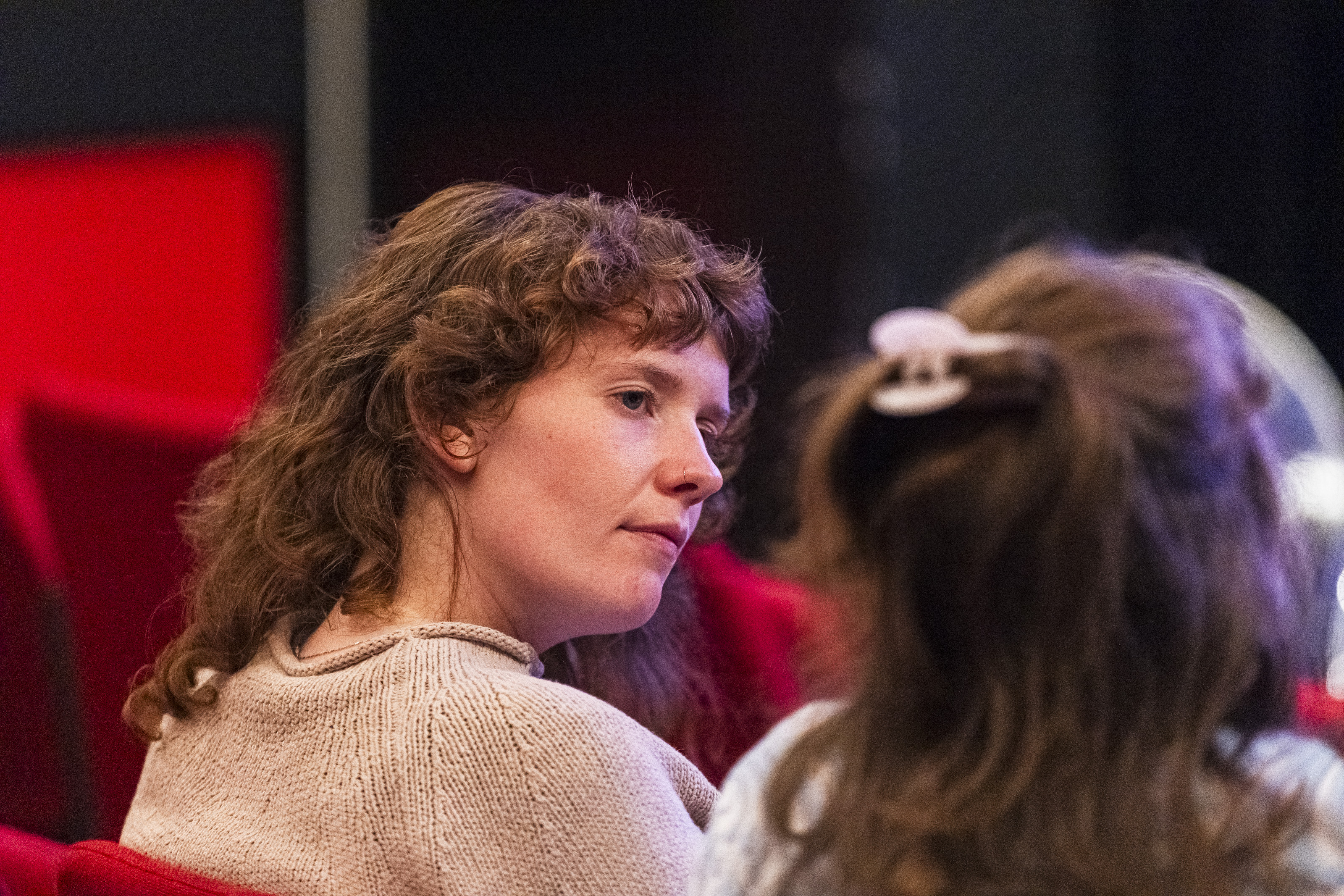

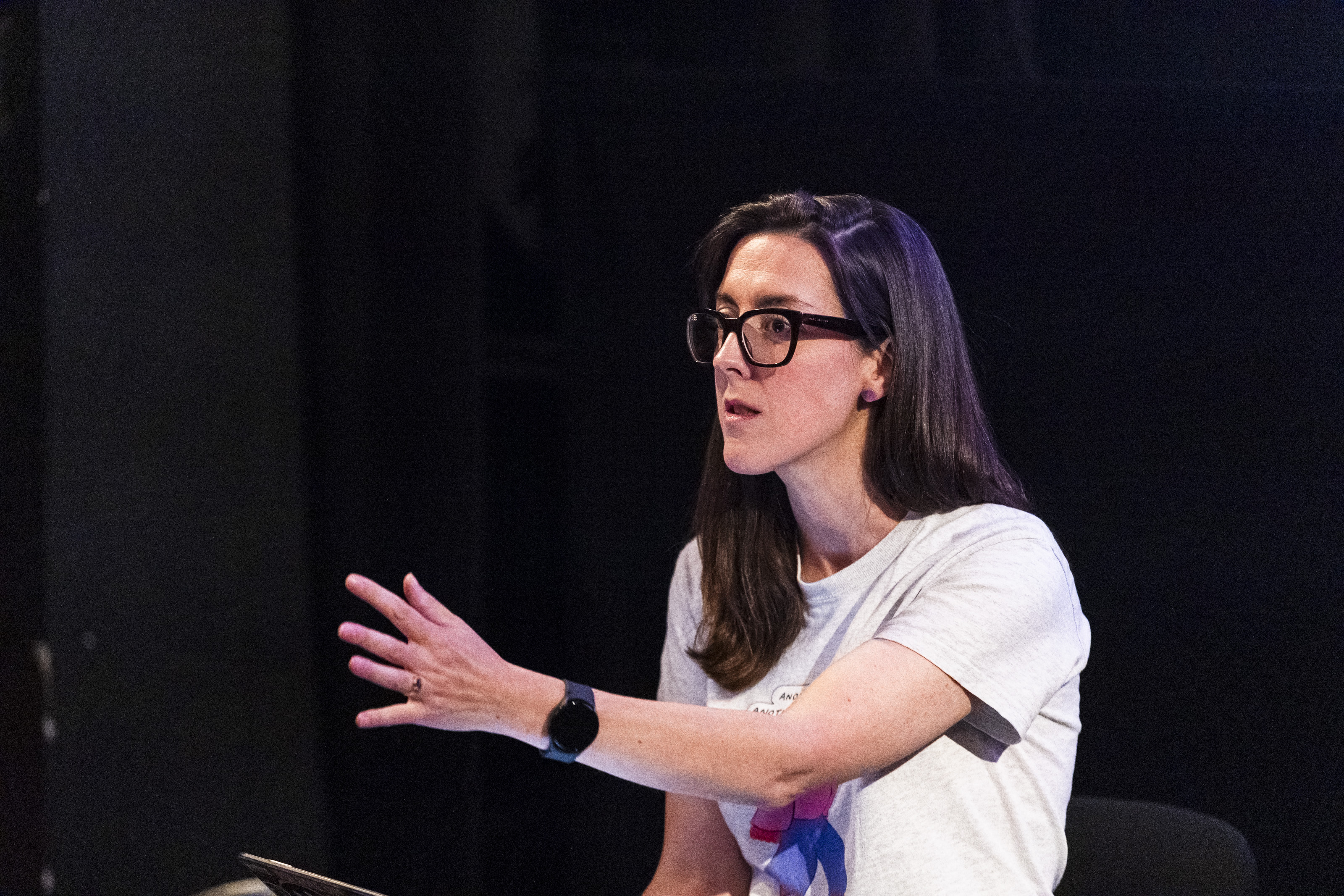



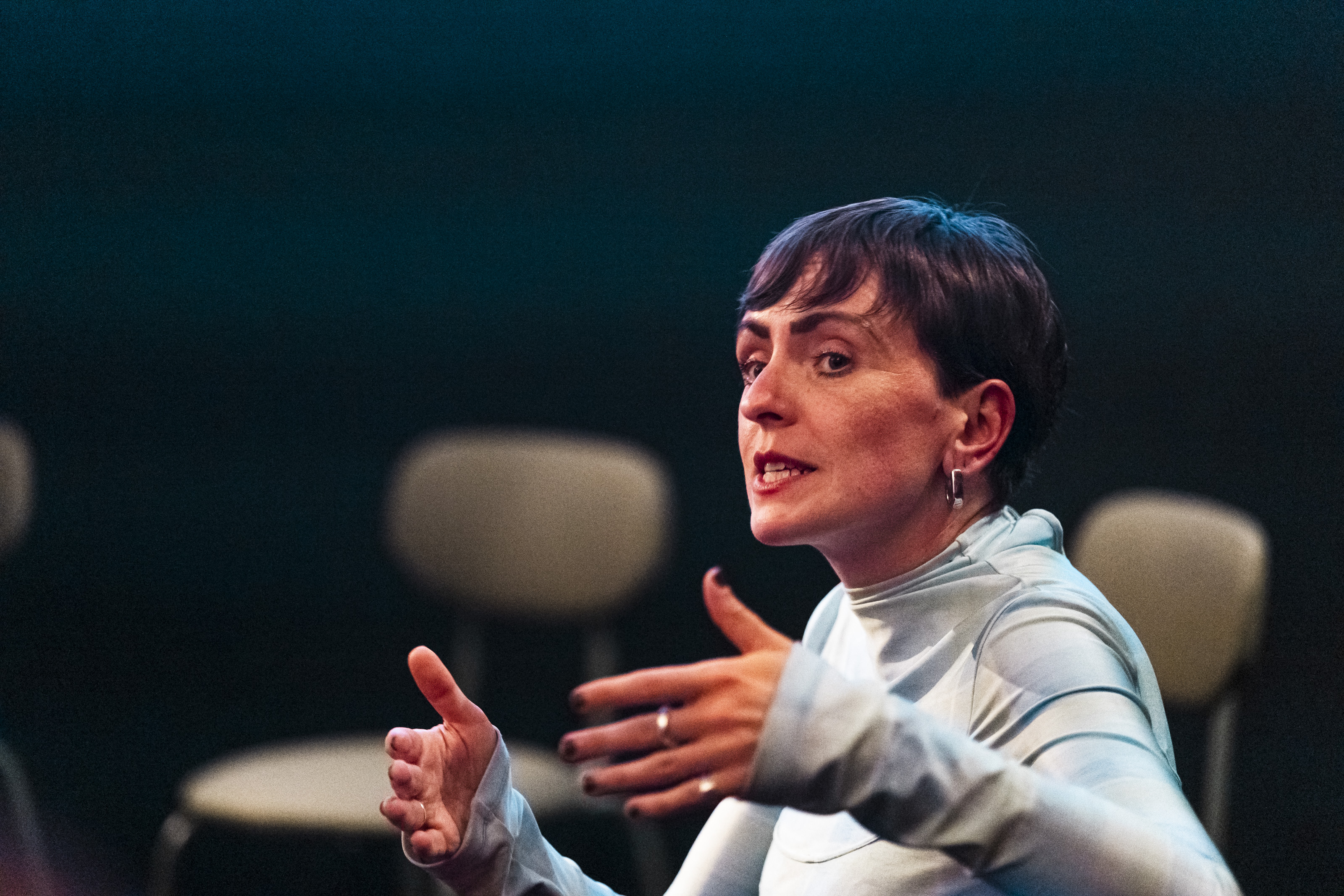

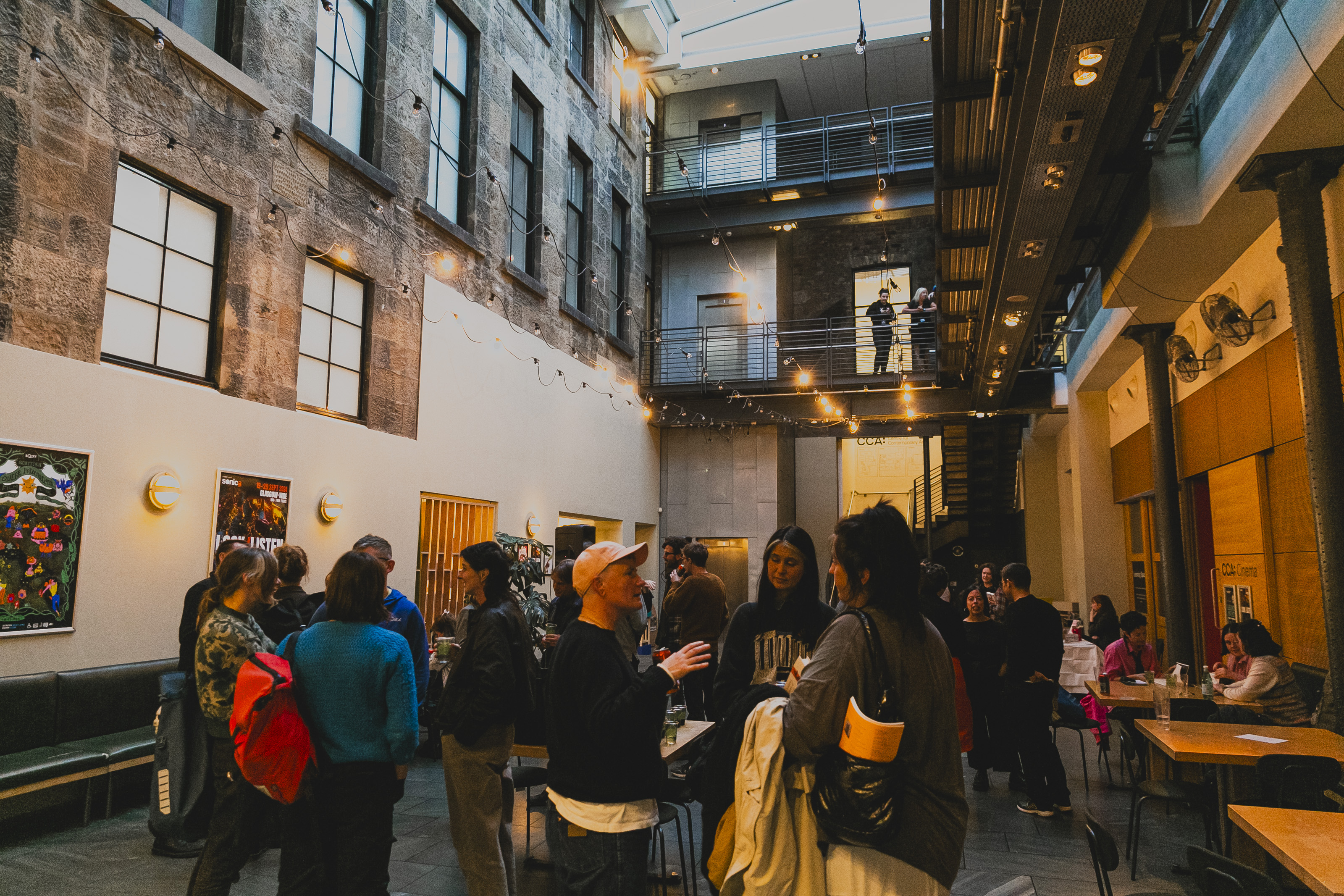





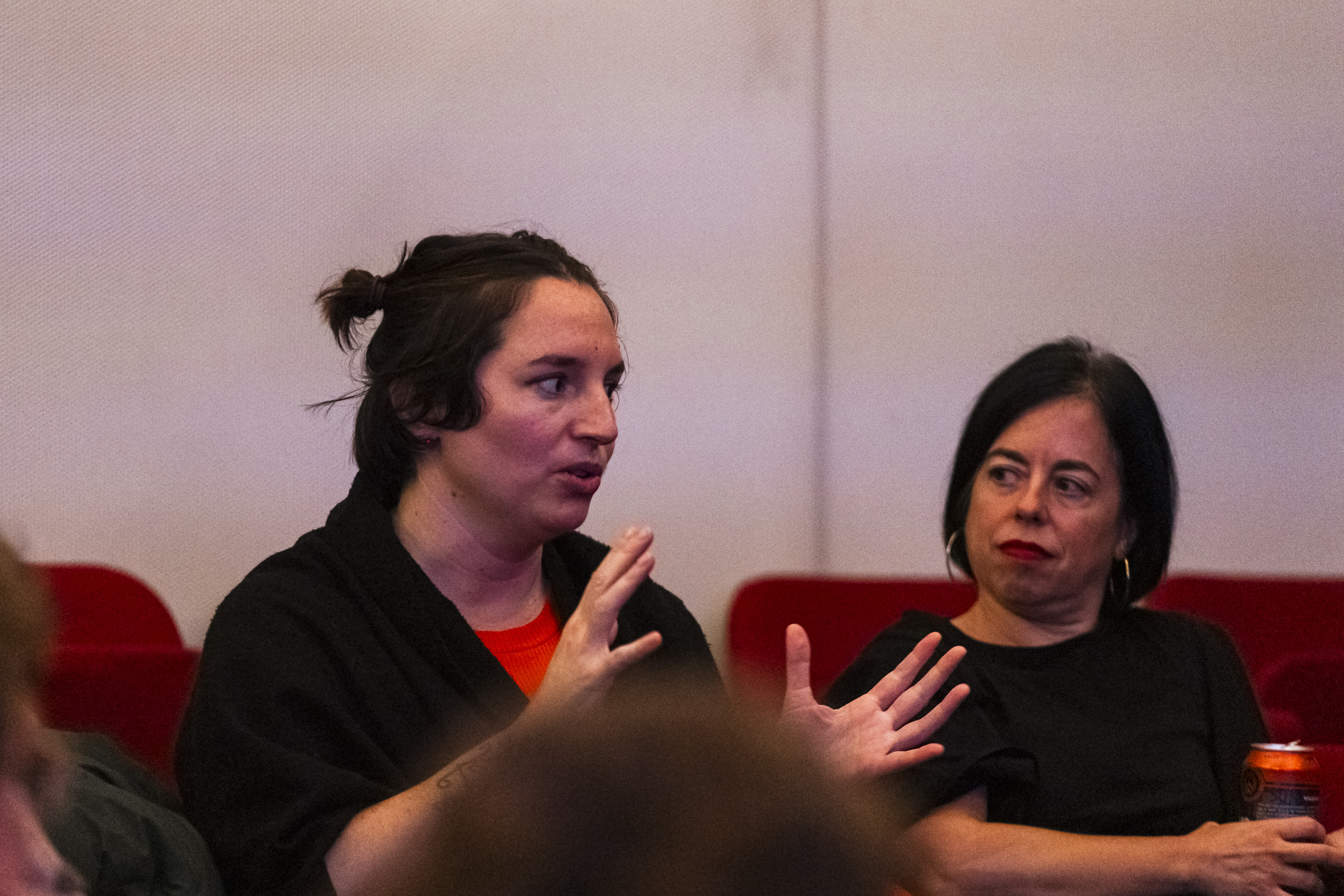



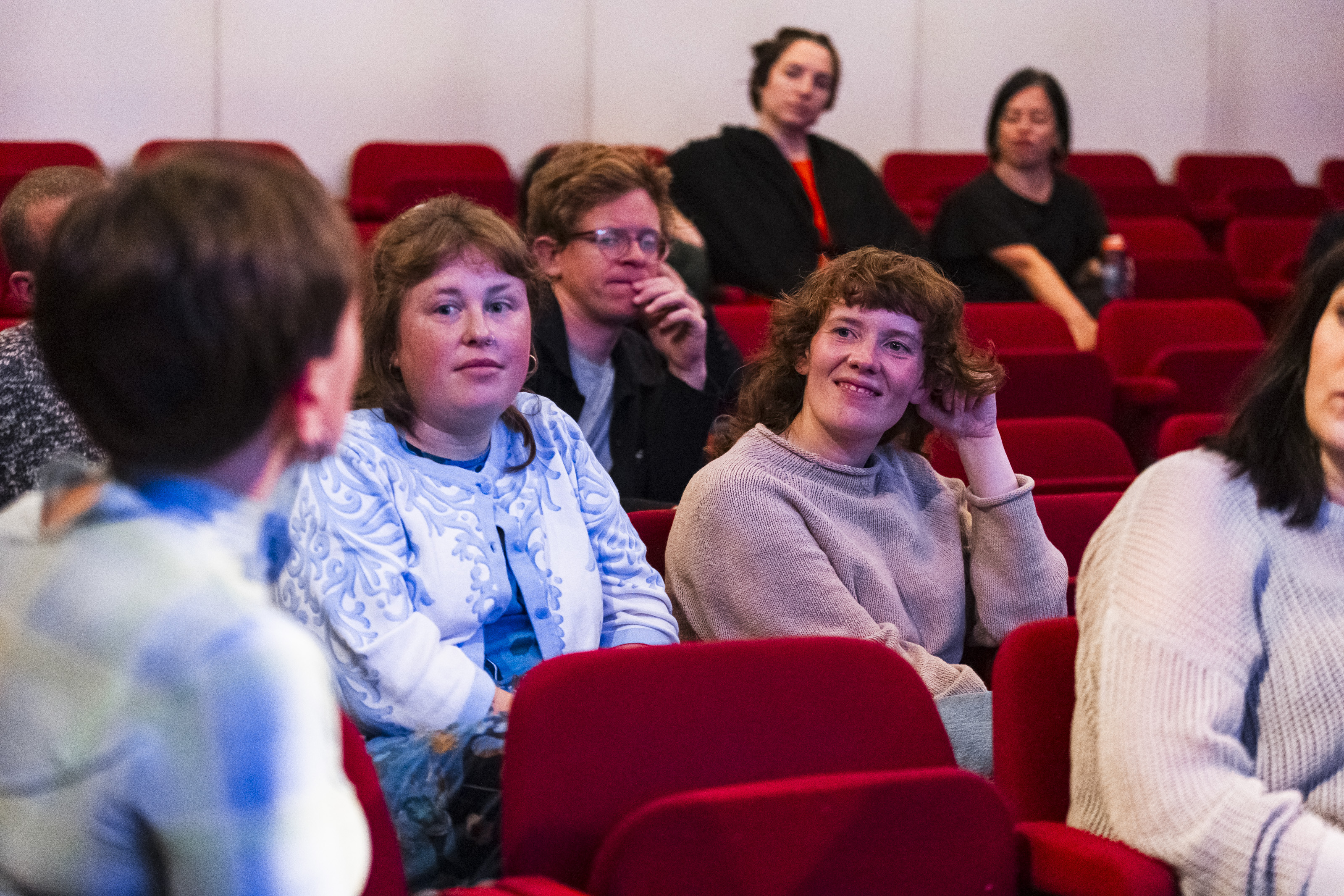
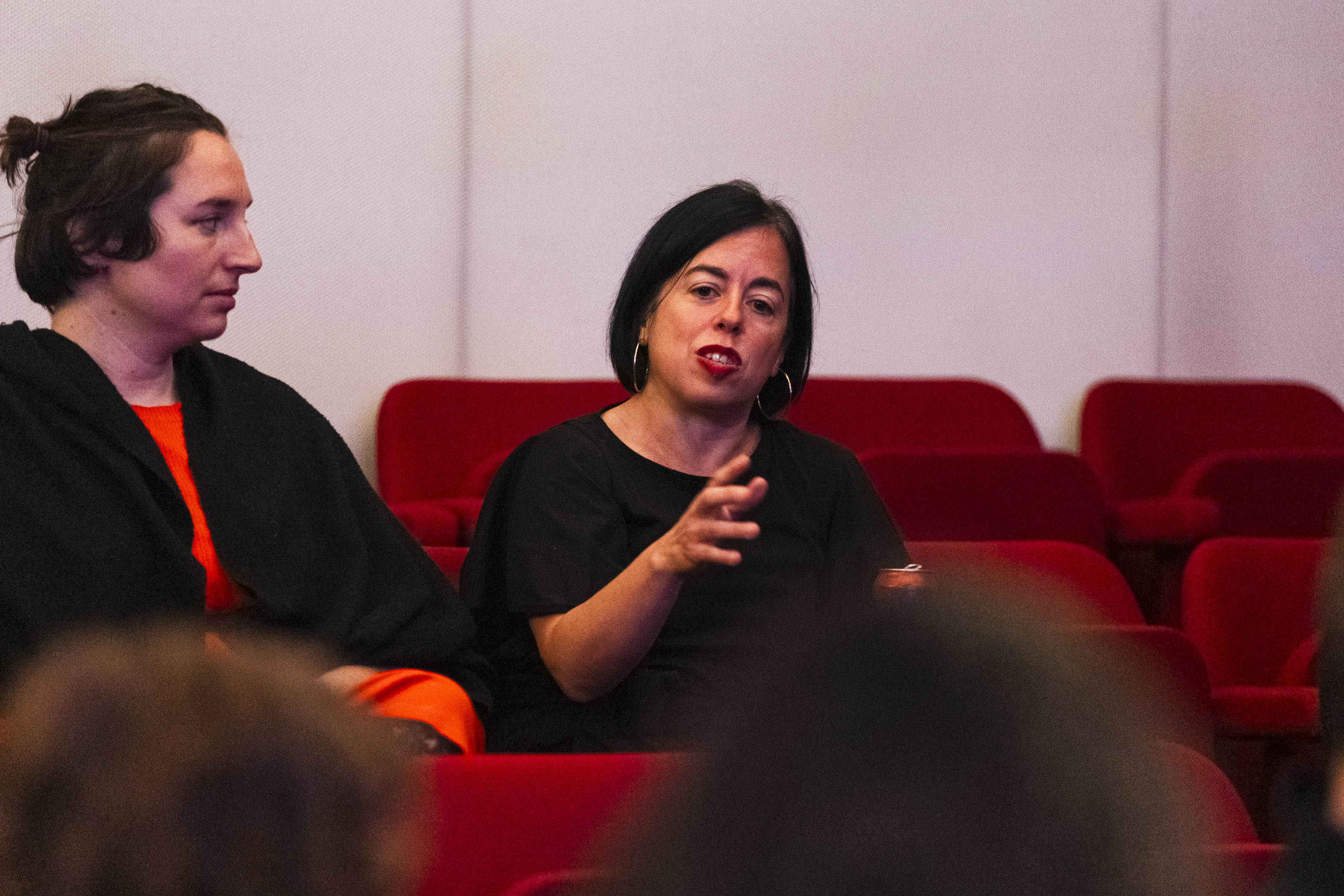



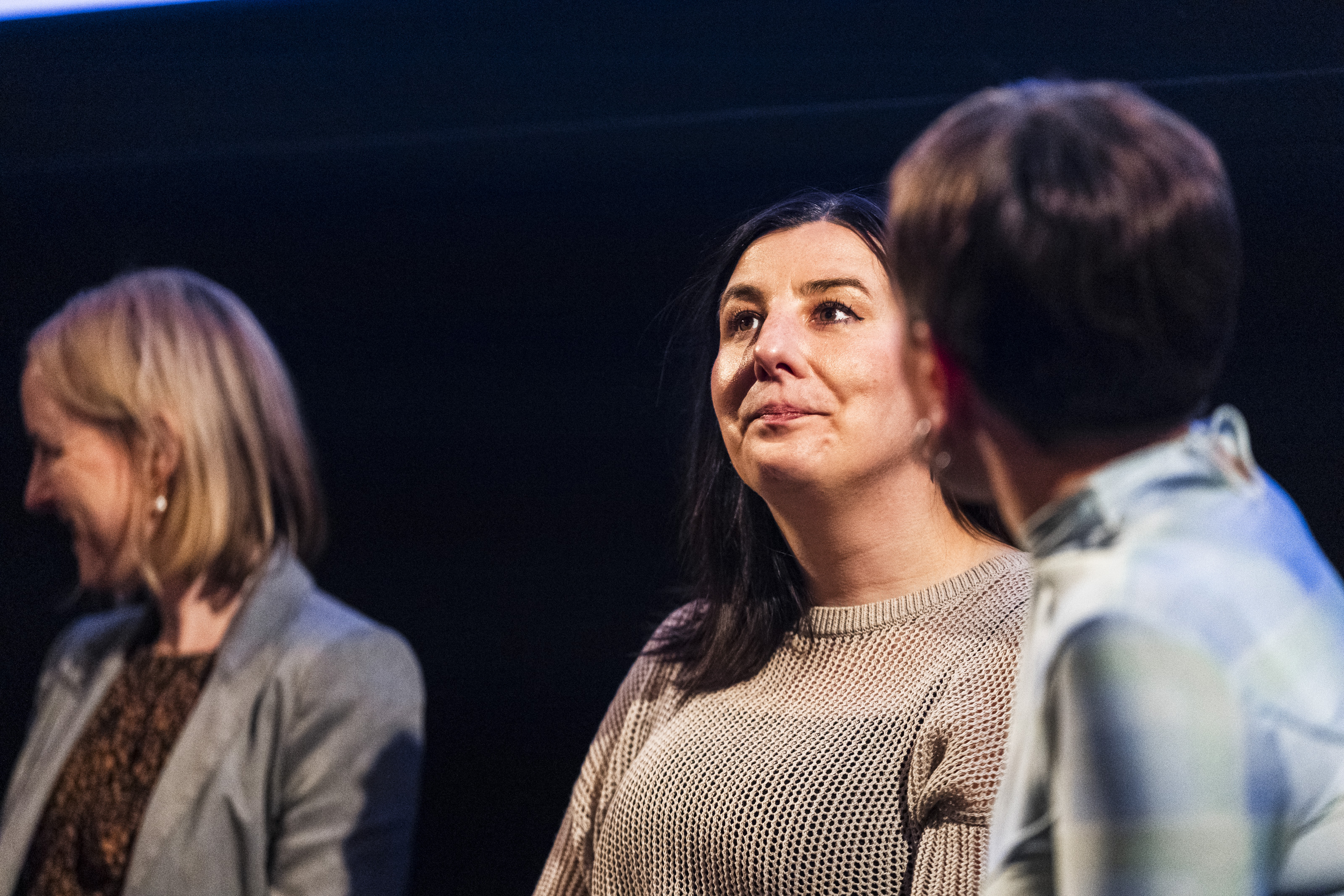


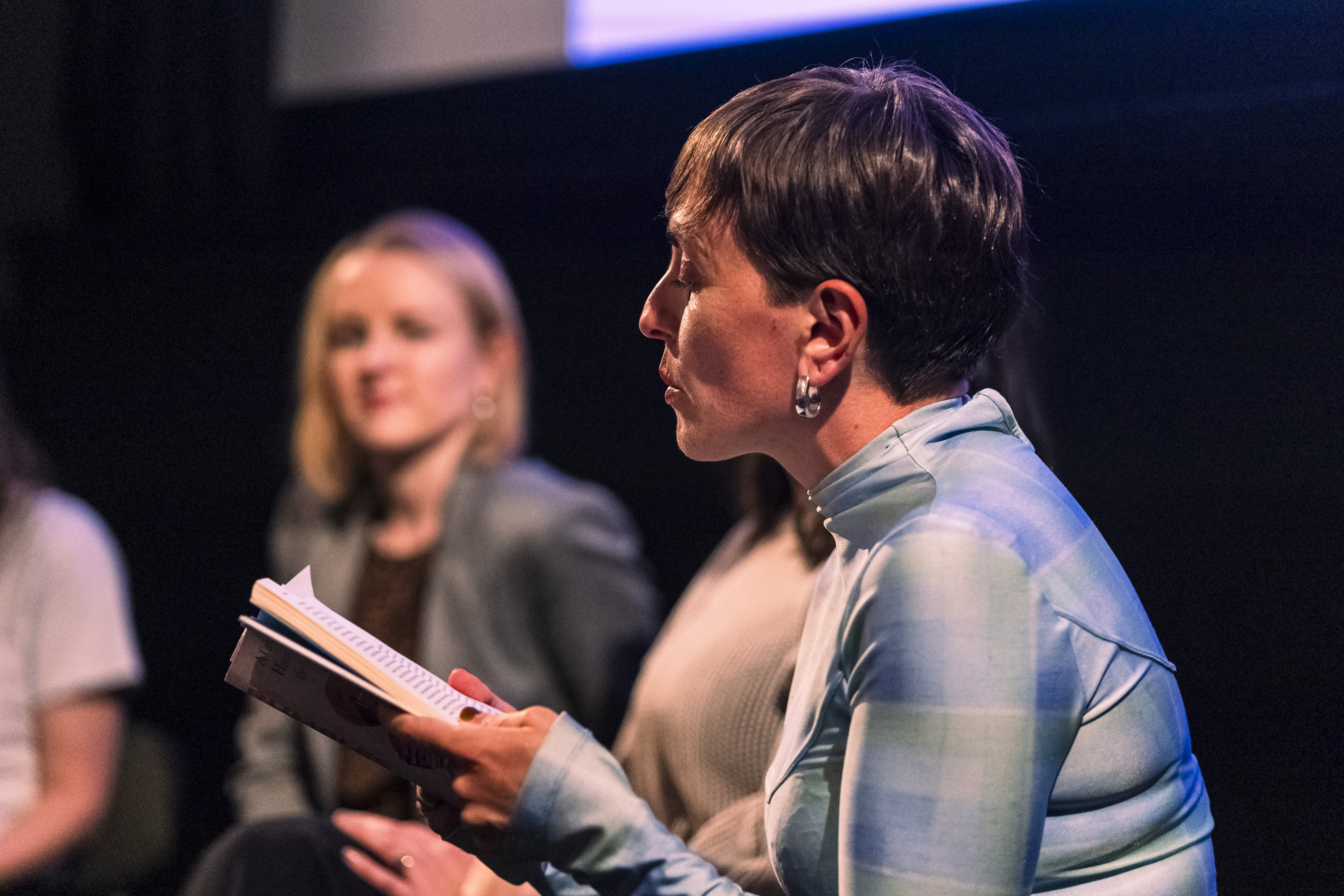
A Digest was an evening of moving image, readings, discussion, and endless digestive puns, that launched a series of new works resulting from The Scottish Gut Project—an interdisciplinary research project exploring (and challenging) the politics underpinning the mind-body divide and identifying new strategies for understanding and communicating the role the gut plays both biologically and culturally in our lives.
A Digest brought together the launch of Rumbles: A Curious History of the Gut by Elsa Richardson and Gut, Brain, and Environment in Nineteenth-Century French Literature and Medicine by Manon Mathias, alongside the premier of Human Nature.
The screening and readings, were followed by a Digestif (i.e. drinks reception) and a long table discussion with Q&A, where Elsa, Manon, and Kirsty were joined by researcher and curator Rachel Marsden of the Stomach Ache project.
–
The Scottish Gut Project was instigated by Dr Manon Mathias (University of Glasgow) and Dr Elsa Richardson (University of Strathclyde) in 2021 exploring the mind-gut relationship from an arts and humanities perspective. Bringing together people with lived experience of gut disorders and health conditions alongside historians and cultural scholars and researchers from medicine and nutrition to destabilise the body politics of the mind-body divide, the project aimed to identify new strategies for improved communication of gut conditions and their impact on psychological wellbeing.
Stomach Ache is a project led by Dr Vanessa Bartlett (University of Melbourne) and Dr Rachel Marsden (University of the Arts London) that explores ways of representing the brain-gut-microbiome axis in curatorial and artistic practice to highlight the gaps between cutting-edge science and everyday lived experience.
Documention courtesy of Eoin Carey
A Digest brought together the launch of Rumbles: A Curious History of the Gut by Elsa Richardson and Gut, Brain, and Environment in Nineteenth-Century French Literature and Medicine by Manon Mathias, alongside the premier of Human Nature.
The screening and readings, were followed by a Digestif (i.e. drinks reception) and a long table discussion with Q&A, where Elsa, Manon, and Kirsty were joined by researcher and curator Rachel Marsden of the Stomach Ache project.
–
The Scottish Gut Project was instigated by Dr Manon Mathias (University of Glasgow) and Dr Elsa Richardson (University of Strathclyde) in 2021 exploring the mind-gut relationship from an arts and humanities perspective. Bringing together people with lived experience of gut disorders and health conditions alongside historians and cultural scholars and researchers from medicine and nutrition to destabilise the body politics of the mind-body divide, the project aimed to identify new strategies for improved communication of gut conditions and their impact on psychological wellbeing.
Stomach Ache is a project led by Dr Vanessa Bartlett (University of Melbourne) and Dr Rachel Marsden (University of the Arts London) that explores ways of representing the brain-gut-microbiome axis in curatorial and artistic practice to highlight the gaps between cutting-edge science and everyday lived experience.
Documention courtesy of Eoin Carey
Living Together | Screening Programme
Living Together was presented as public closing event of the Modernity and the Gut Conference. The relationship between our human and non-human selves is often described as symbiotic. Yet ‘symbiosis’—a biological term used to describe a connection between two organisms—is often used as a synonym for balance, harmony, and equilibrium, glossing over the complexity of both the term itself and the complexity of our kinship with the non-human world. No relationship is ever so straightforward; as poet Daisy Lafarge writes ‘I had to keep reminding myself that parasitism was a type of symbiotic relationship and not its opposite’.
Featuring works by Maria Fernandez Pello, Lucy Beech, Roz Mortimer, Jenna Sutela, and Kirsty Hendry, Living Together explores digesting, ingesting, and metabolising as practices of self-making and unmaking.
The works in Living Together exploit scale to reveal the complex drama that unfold beyond the limits of human perception; internal life and interior spaces might also contain outer-spaces and other worlds. Living Together dwells on the idea that our understanding of what is internal/external, inside/outside, self/other is maybe a question of perspective?
You can find the full programme and screening notes here
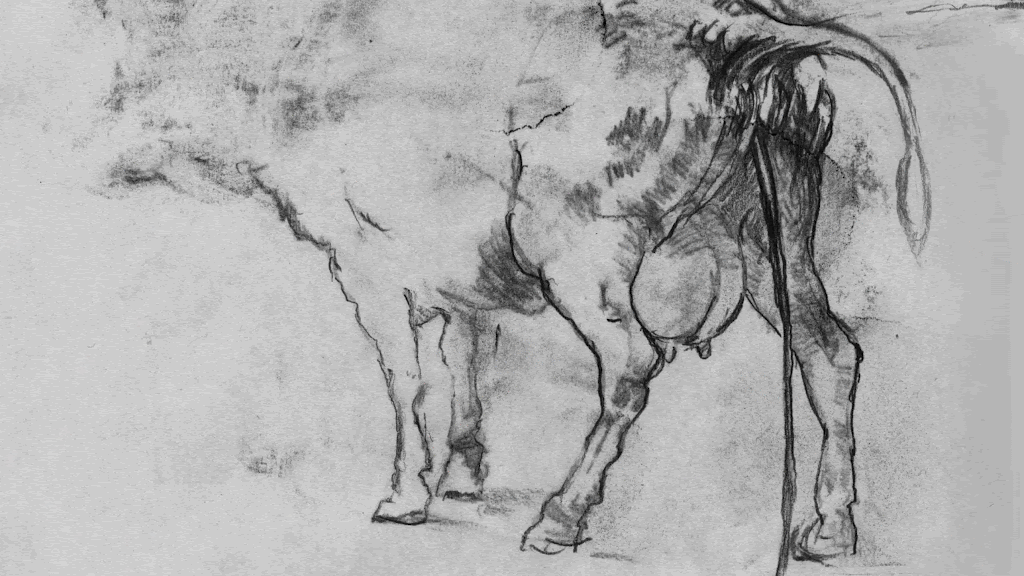

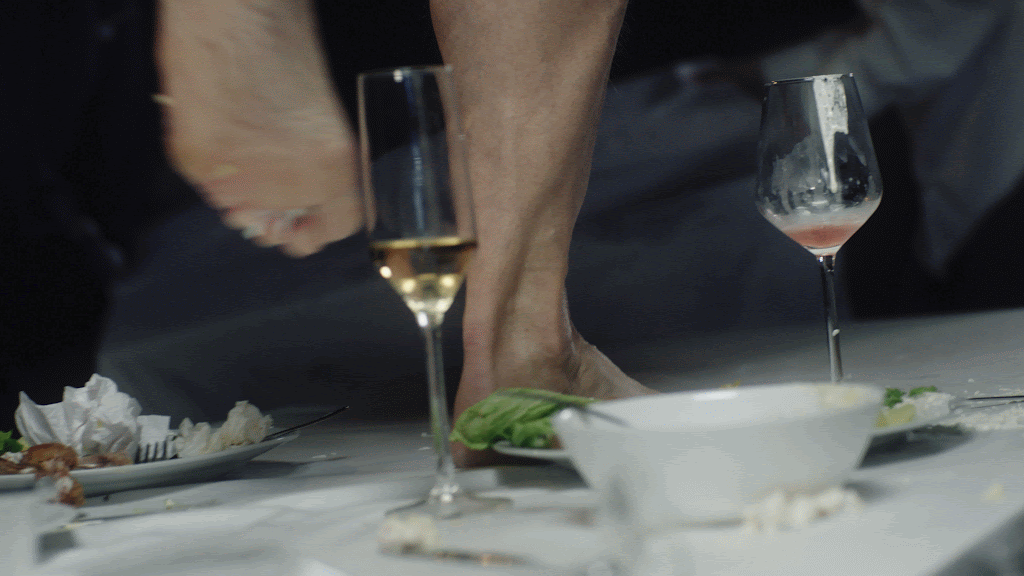
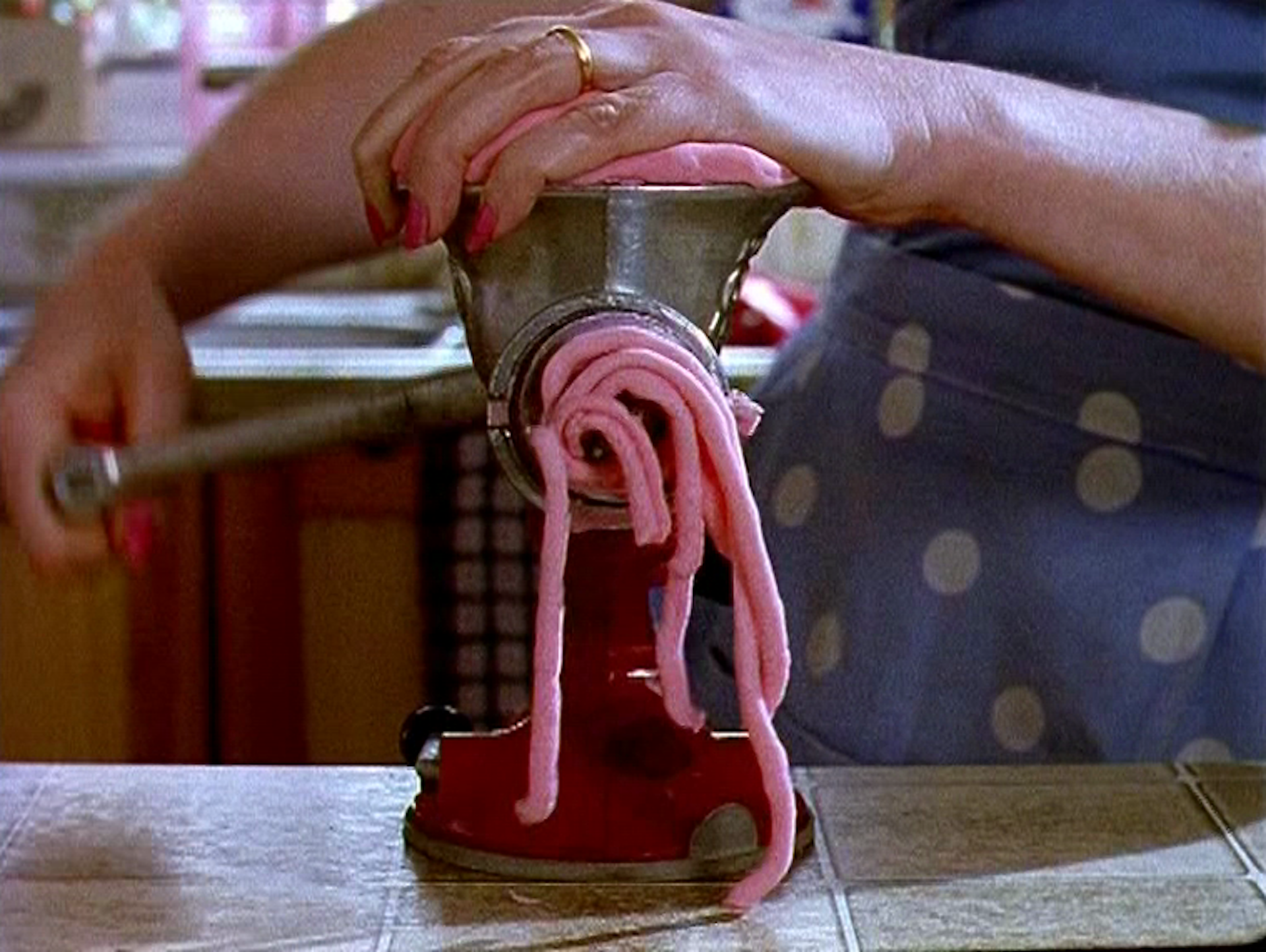
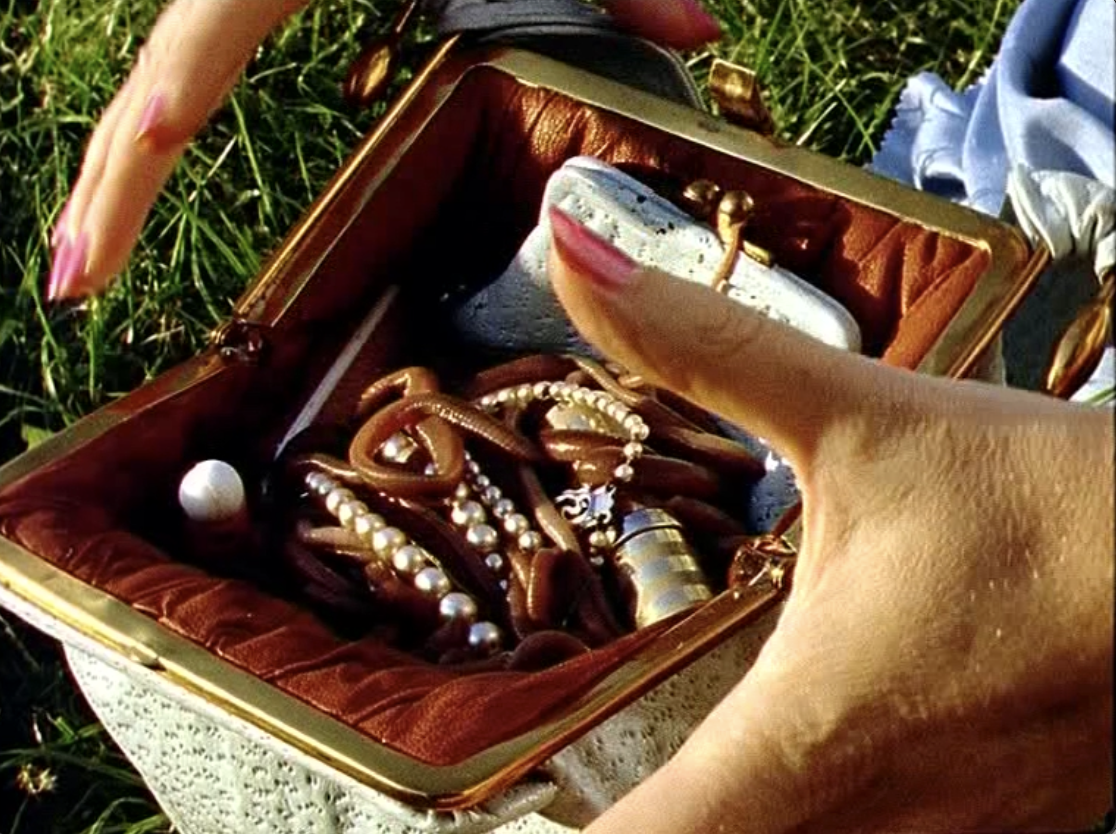
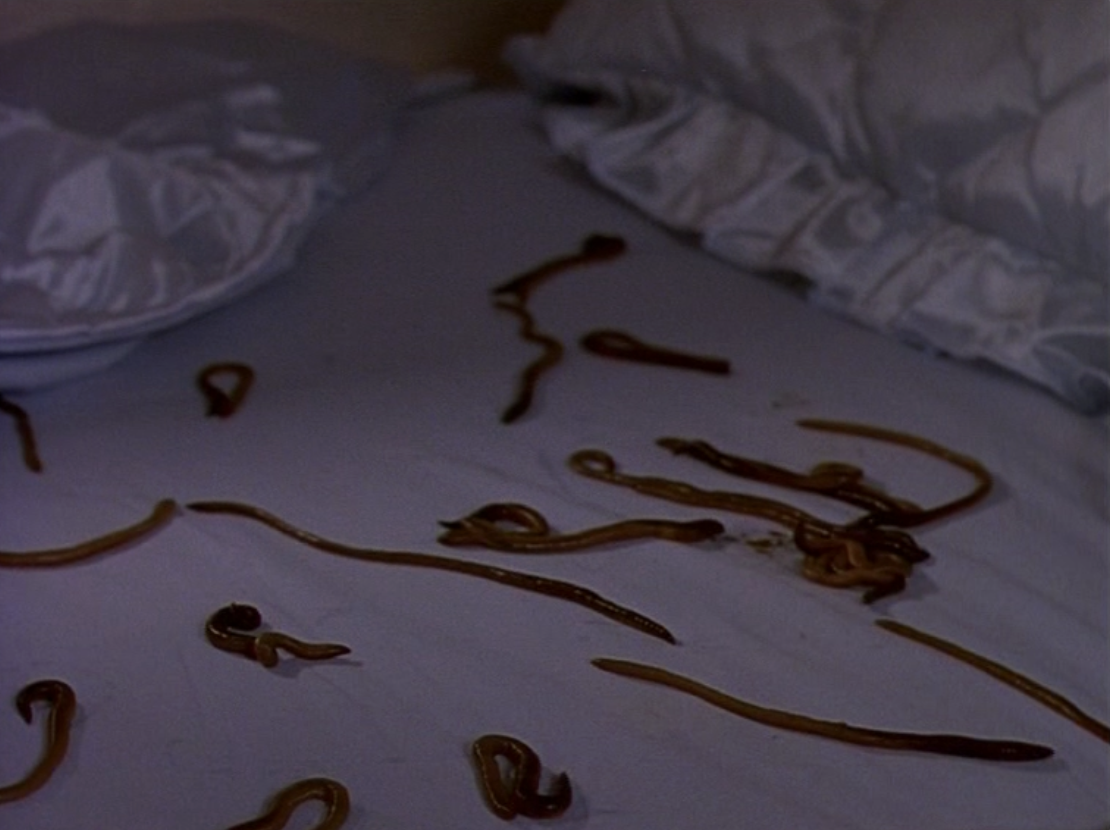
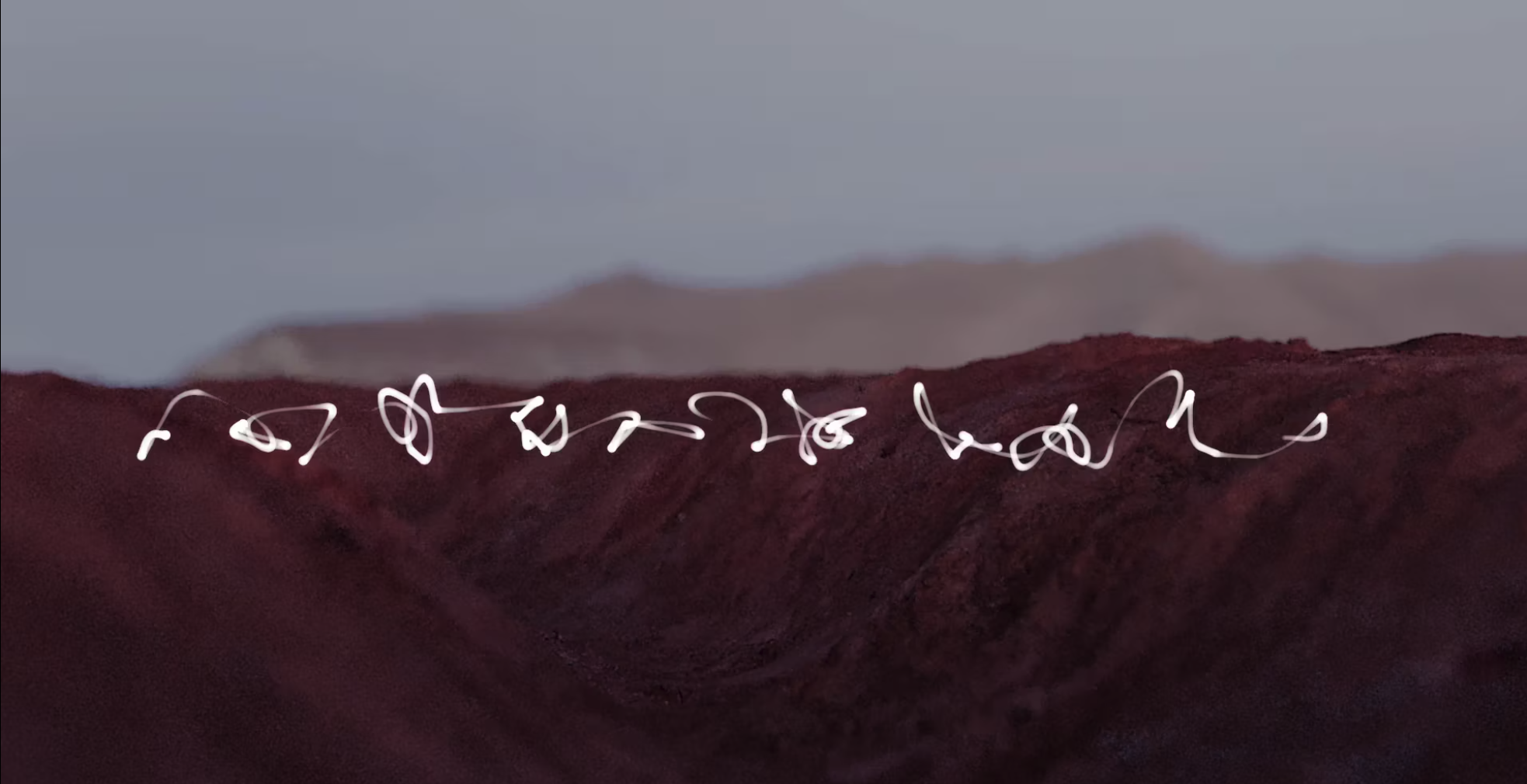
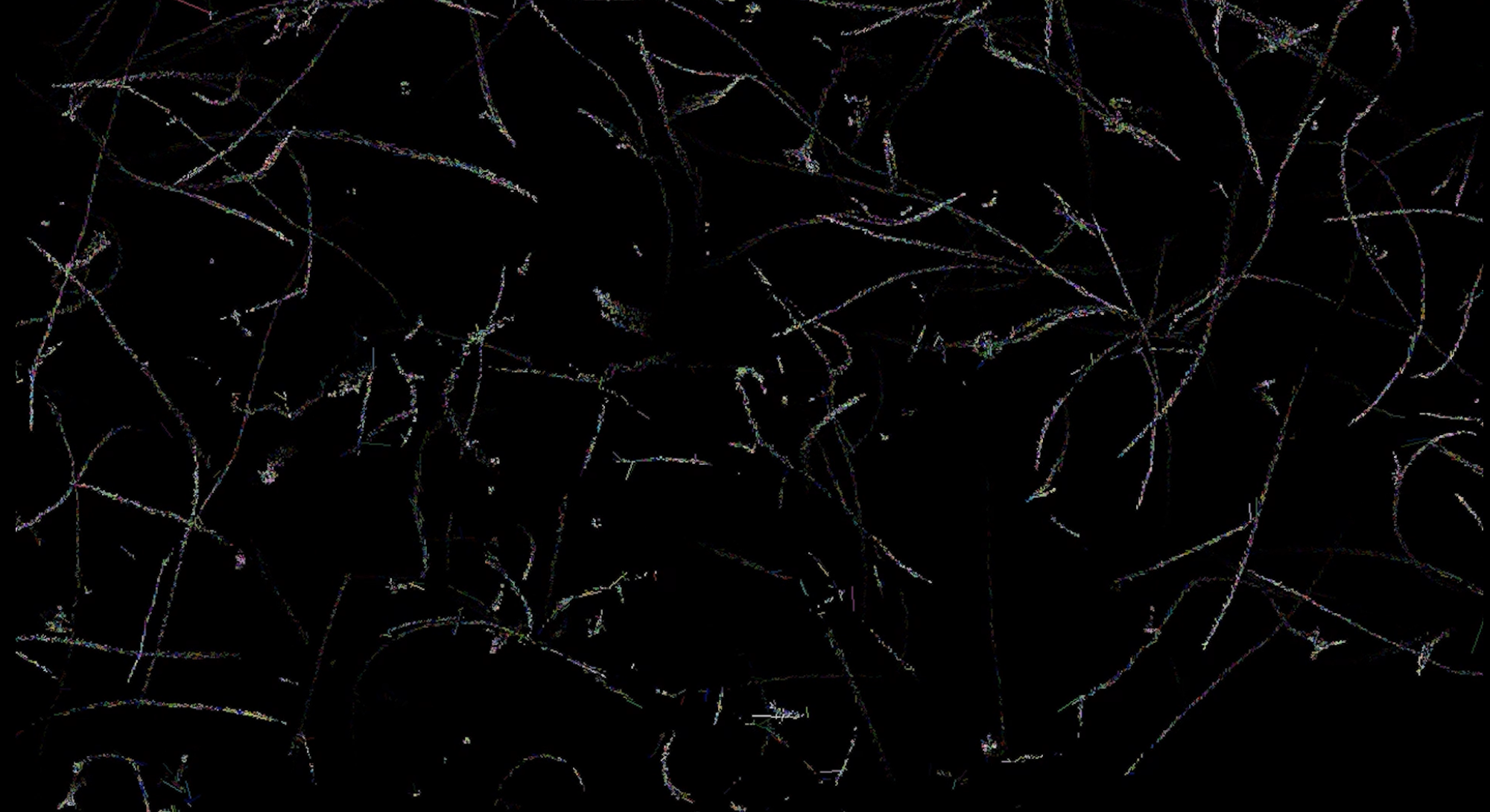

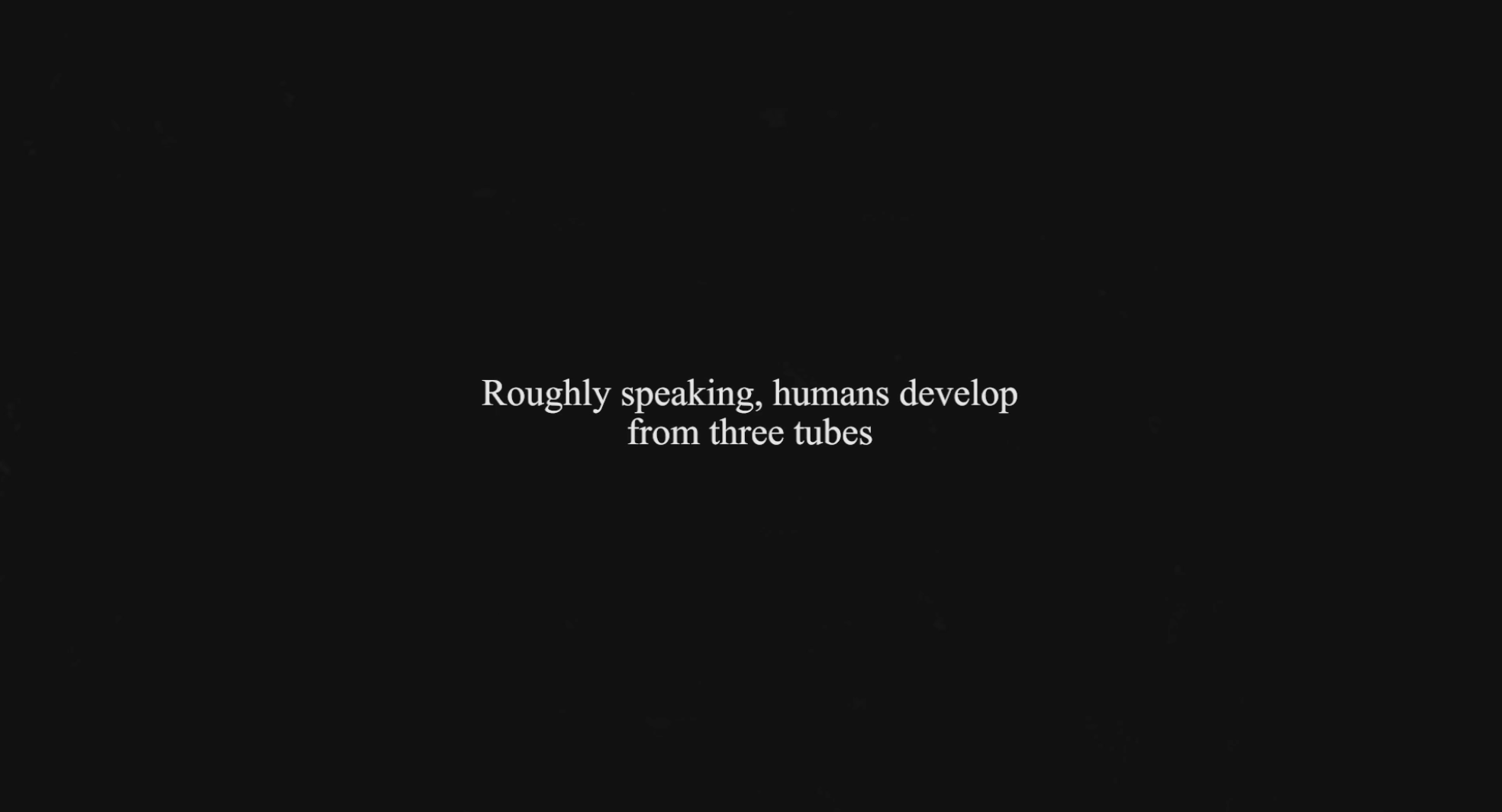
Listen to Your Gut...
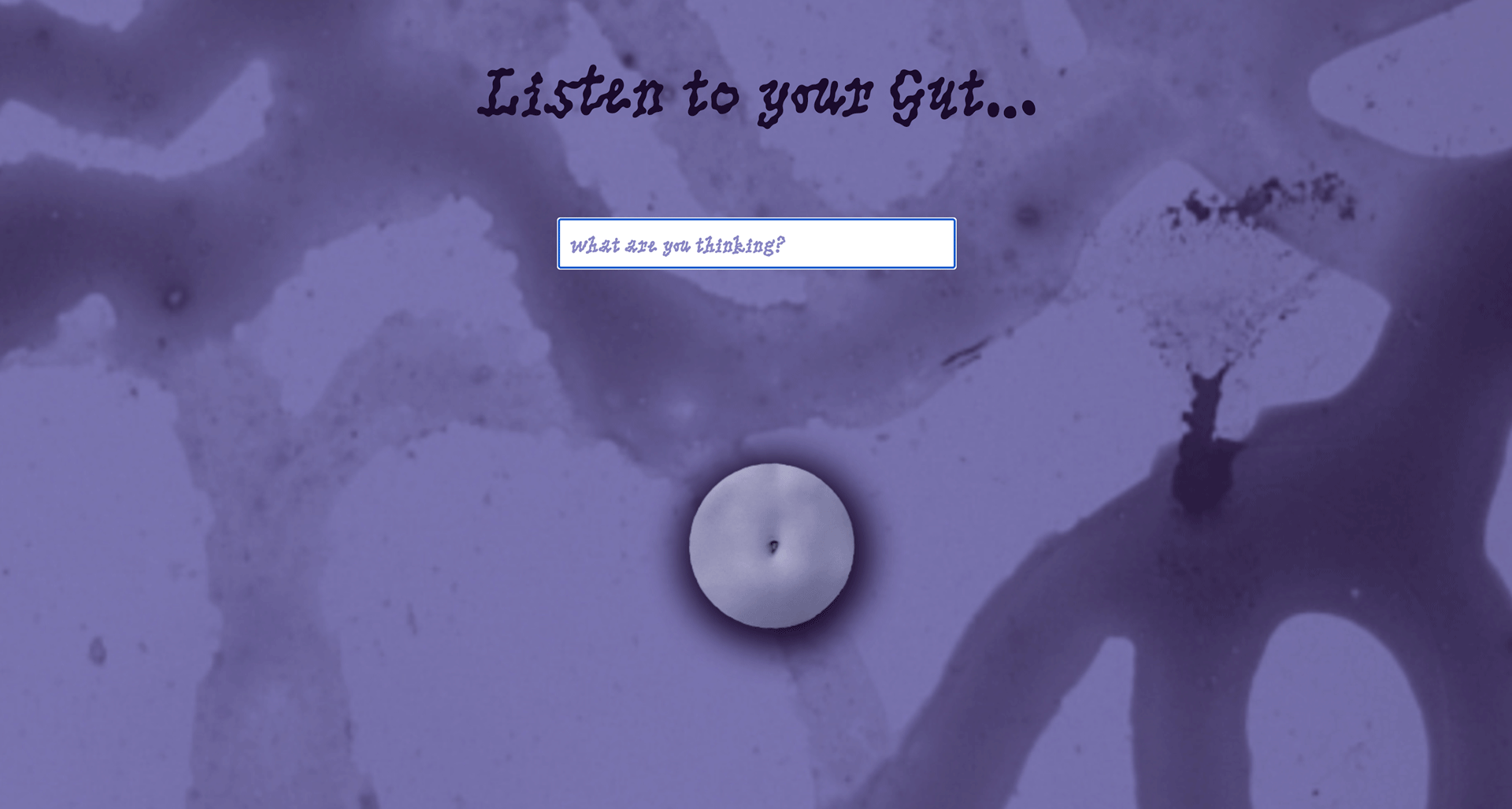
Presented as part of the Modernity and the Gut Conference, organised by the Scottish Gut Project, Listen to your Gut was staged as a playful take on the traditional ‘in-conversation’ format.
Following the Living Together screening programme Ane Lopez and Finn Arschavir of A+E Collective joined me in performing a scripted conversation which was gradually derailed by increasingly frequent interjections from our very special guest; my stomach.
Our conversation focused on the gut’s reputation as a uniquely communicative and noisy organ. After two days of papers, panels, and discussions, where the gut was the always talked about, our performative conversation was an attempt to let the gut speak for itself.
Like all ‘in-conversations’ ours was wrapped up with the opportunity for a Q+A with the audience. Drawing upon its association with intuition, insight, and prophetic speech, the gut was able to participate in the conversation thanks to Frances Lingard who built us another prophetic device—a digital magic 8 ball—whereby the gut was able to respond to audience questions by regurgitating different materials that described or characterised the gut throughout history and across genres.
You can Listen to Your Gut here and read our script here.
Following the Living Together screening programme Ane Lopez and Finn Arschavir of A+E Collective joined me in performing a scripted conversation which was gradually derailed by increasingly frequent interjections from our very special guest; my stomach.
Our conversation focused on the gut’s reputation as a uniquely communicative and noisy organ. After two days of papers, panels, and discussions, where the gut was the always talked about, our performative conversation was an attempt to let the gut speak for itself.
Like all ‘in-conversations’ ours was wrapped up with the opportunity for a Q+A with the audience. Drawing upon its association with intuition, insight, and prophetic speech, the gut was able to participate in the conversation thanks to Frances Lingard who built us another prophetic device—a digital magic 8 ball—whereby the gut was able to respond to audience questions by regurgitating different materials that described or characterised the gut throughout history and across genres.
You can Listen to Your Gut here and read our script here.
Workshops
Human Nature was developed through a series of public participatory workshops. Held at the Centre for Contemporary Art Glasgow over 2021 - 2022, each workshop explored a different cultural depiction and/or understanding of the gut through performance, somatic practice, text, and sound;
Workshop 1 | Listen to Your Gut
This workshop explored the various ways the character and physiology of the gut has been depicted and represented, and the impact of these representations on our sense of selfhood and embodiment. Using archival texts, cultural references, and medical studies, the group generated new materials together that considered the ways that the gut is spoken of and spoken for.
Workshop 2 | Wandering with the Vagus Nerve: Somatic Exploration
In collaboration with Dr. Rachel Clive, this workshop centered somatic and sensory awareness of the vagus nerve, the longest cranial nerve in the body, sometimes known as “the Wanderer.”
The vagus nerve “carries sensory fibers from the heart, lower respiratory tract, and gastro-intestinal tract as far distal as the transverse colon [...and it...] carries parasympathetic motor fibers to the heart and the smooth muscles of the bronchi and gut.” (Camara & Griessenaue, 2015).
Through a variety of somatic exercises, writing prompts and creative invitations, we’ll generate a series of individual and collective expressions of our lived understandings of the connections between the brain, heart and gut, as mediated by the vagus nerve.
Workshop 3 | Internal Monologues
This session focused on the different ways we communicate with our guts and vice-versa.
The sound your guts make is called ‘borborygmi’—stemming from ‘wafting up’, ‘bubbling water’, the italian ‘borbottare’ can mean to grumble, mutter, or gripe. Does the gut only communicate when it’s complaining? While previous sessions considered how we give language to the gut, this session will explore all the ways that the gut has given us language.
Co-faciliated with composer, performer and sound artist Joe Howe and graphic designer Lucy Watkins, the group worked together to experiment with ways of scoring and transcribing the gut through sound and image. The sound recordings we made together in this workshop became the basis of the soundtrack for Human Nature.
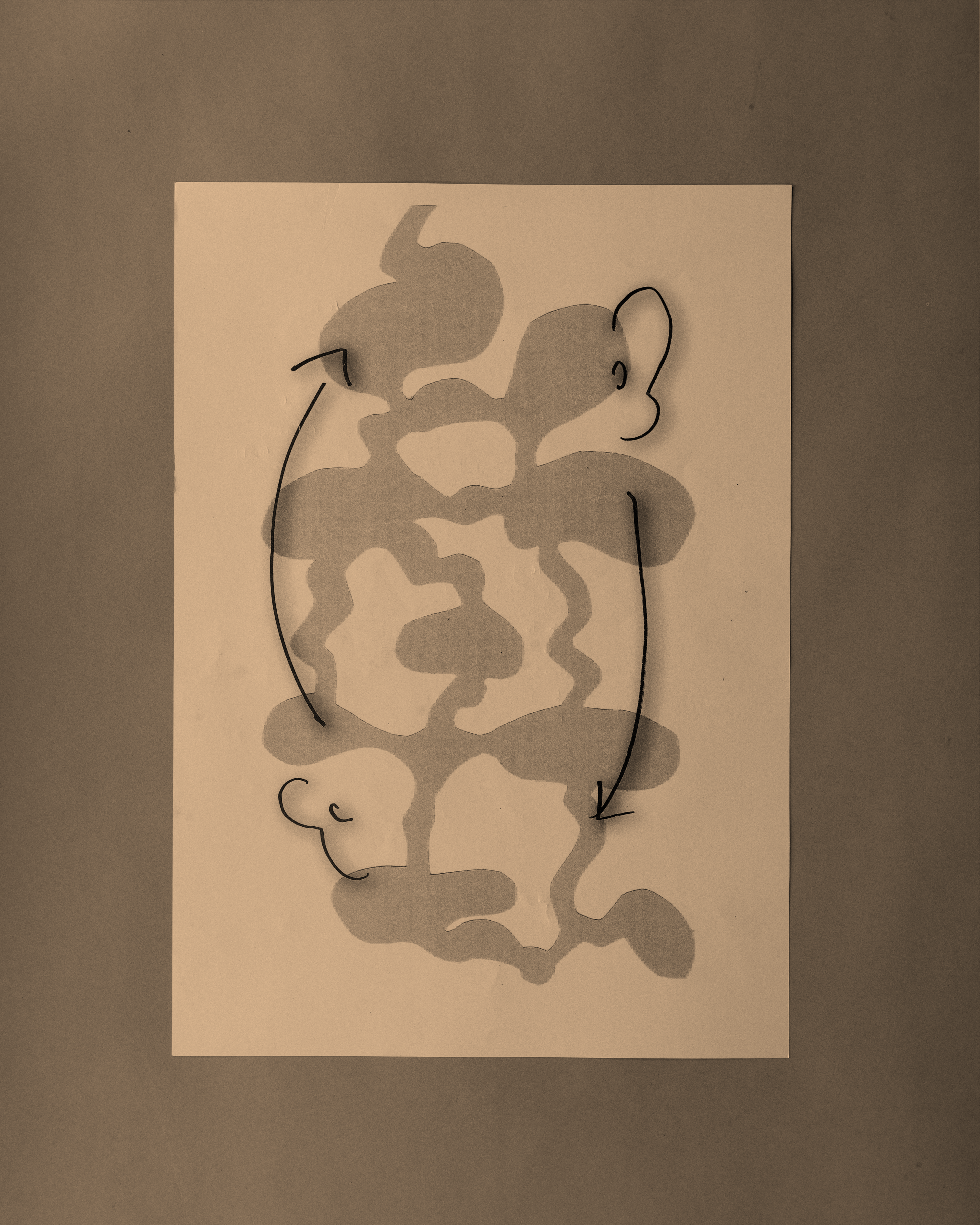
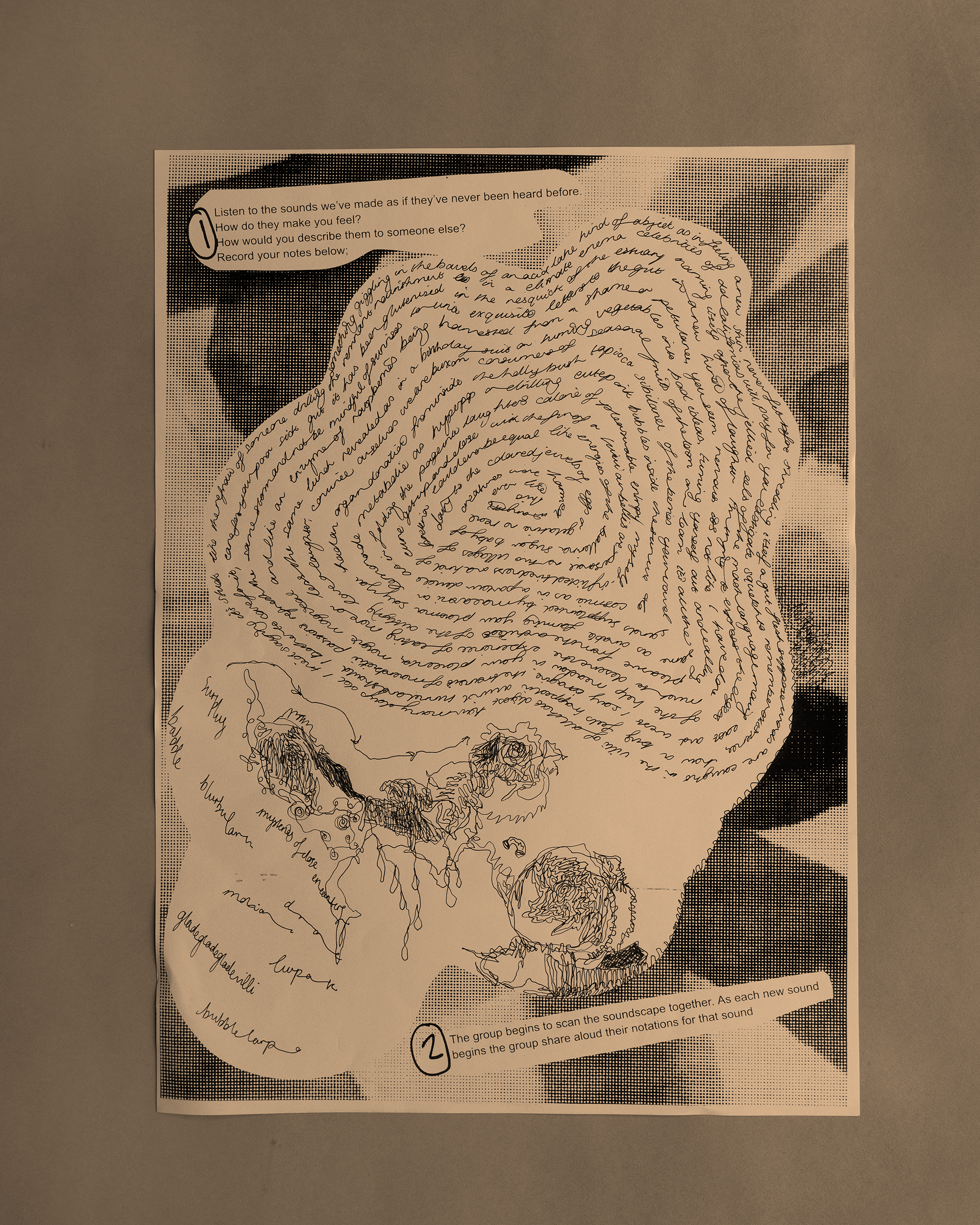

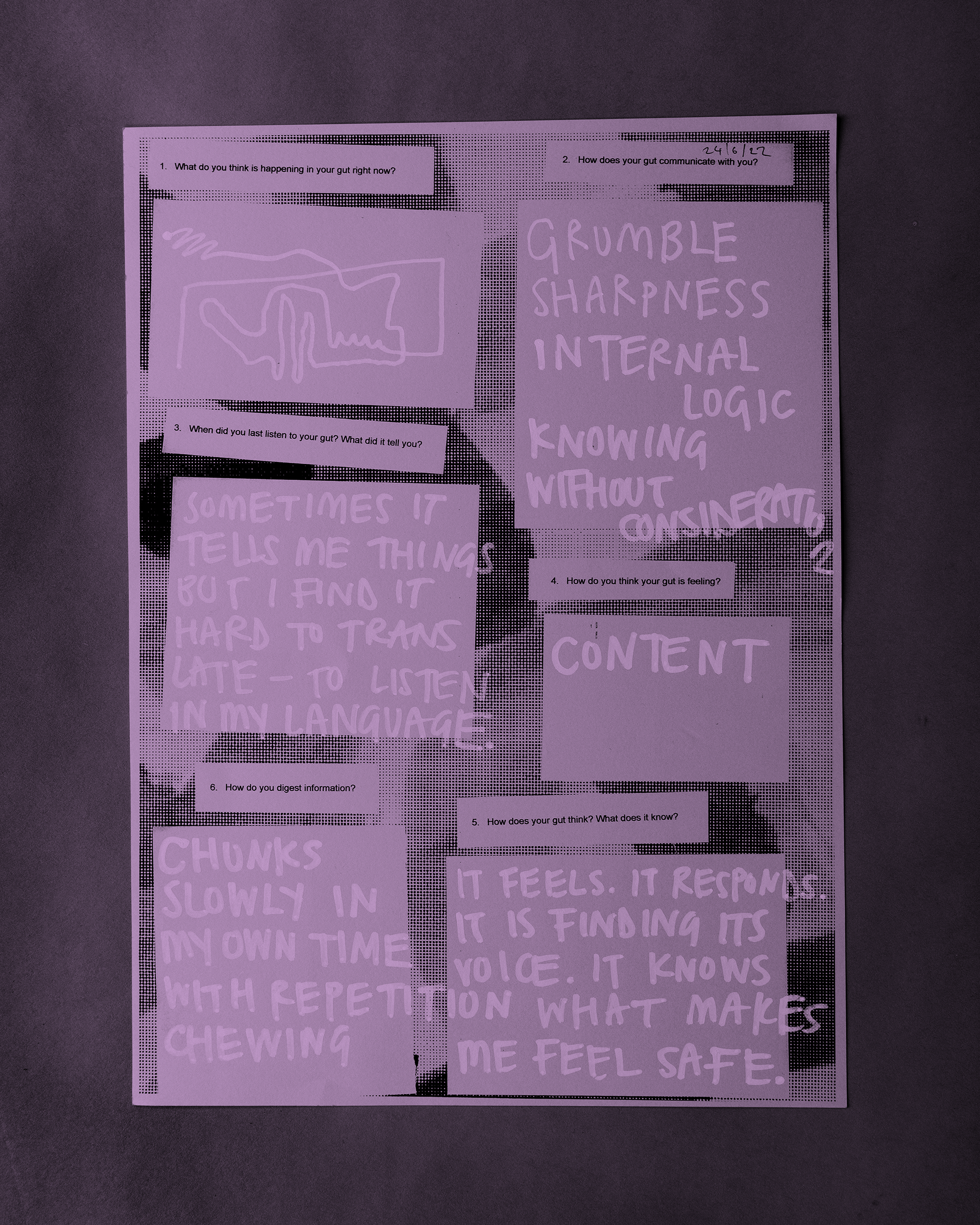
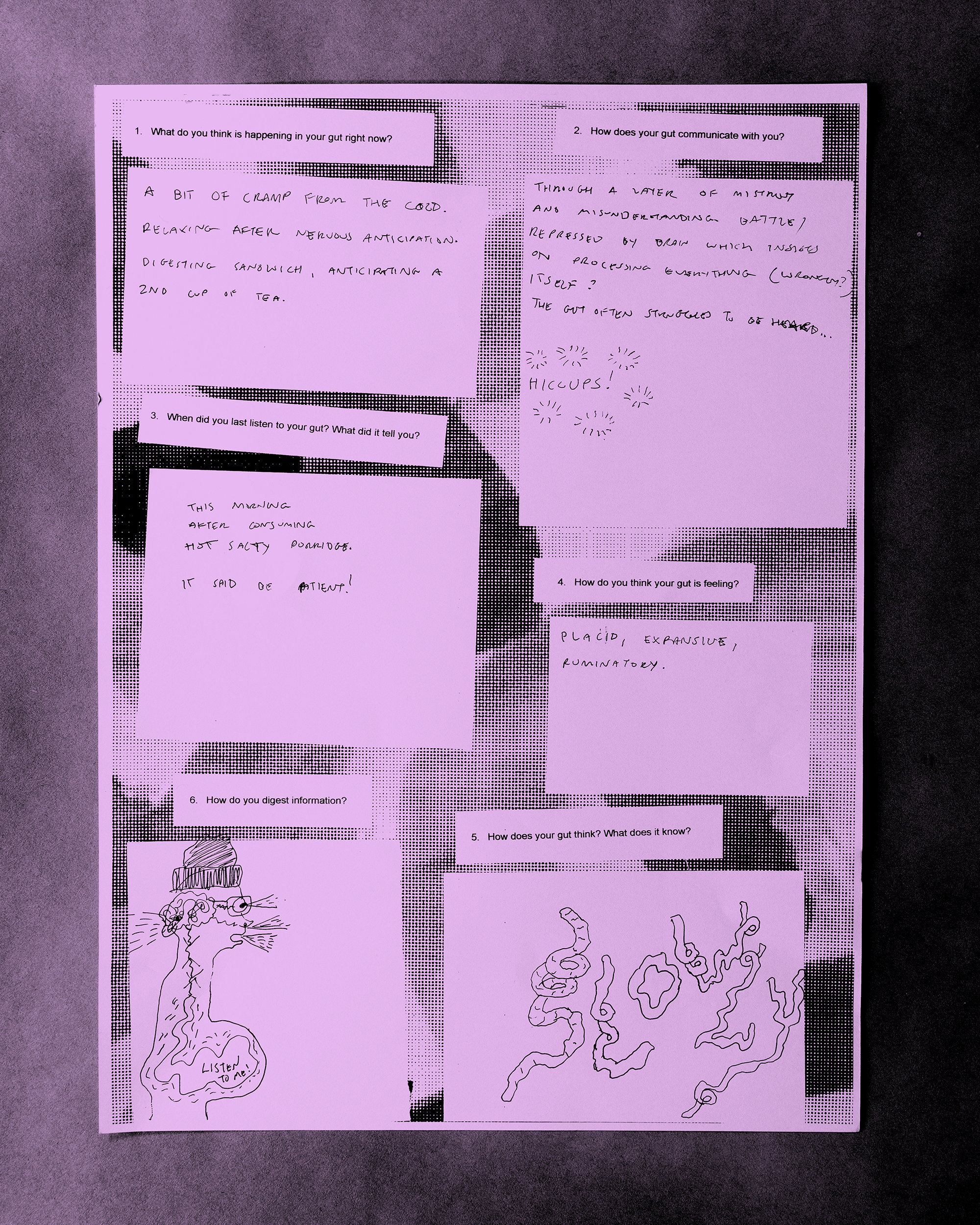

Human Nature was funded by Creative Scotland and the Royal Society of Edinburgh and with the support of the Centre for Contemporary Art, Glasgow.
